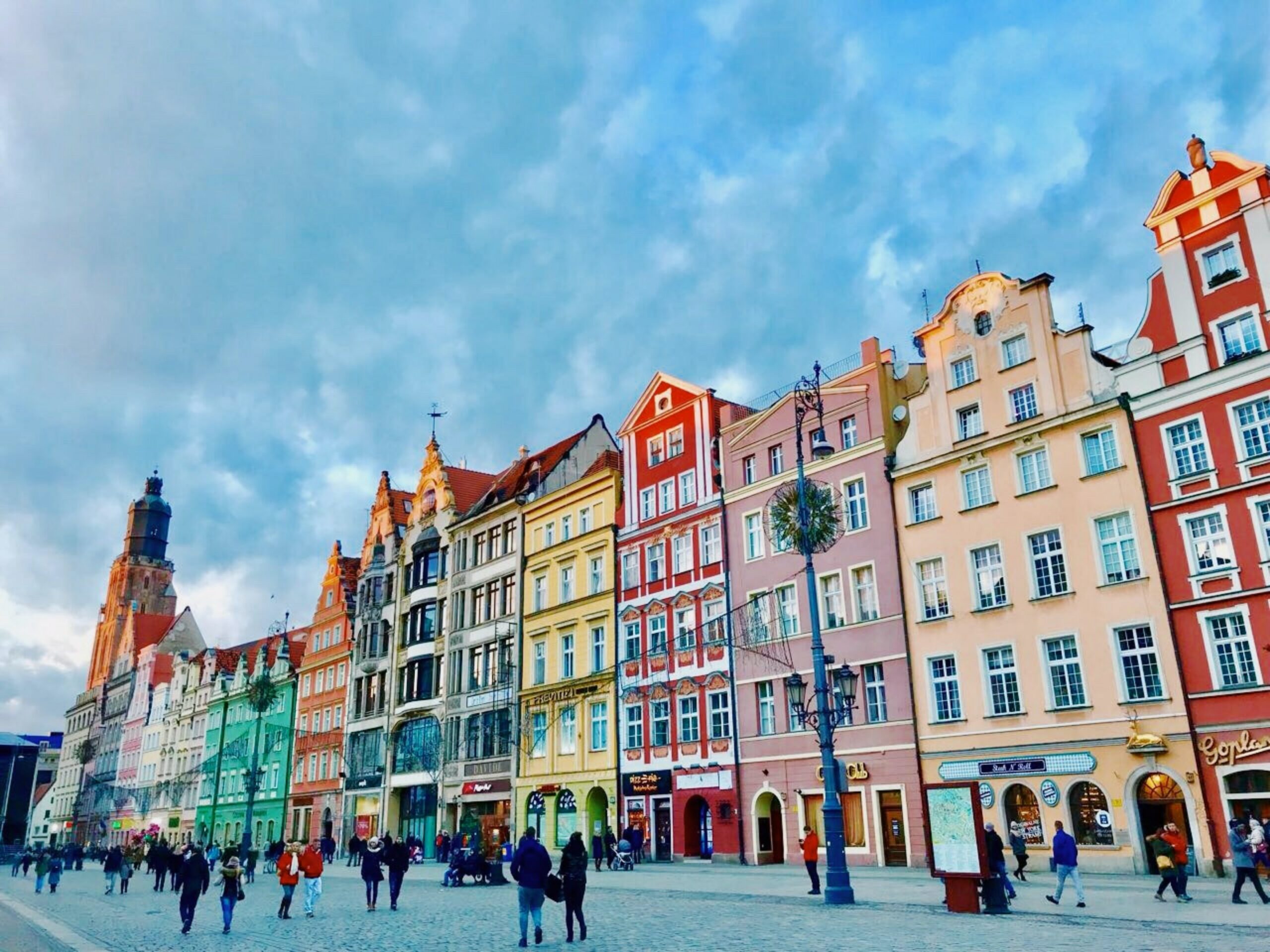Poland ties with Spain and the UK as Europe’s third largest beer producer, after Germany and Russia. Polish brewers make many different type of porter and stout, and more than their share of smoked beers.
As yet, only one distinctly Polish style has caught the attention of international beer lovers (see Grodziskie), though others are set to do so in the future.
Schoeps
This heavy wheat beer (6.0-7.0% ABV) hails from the Polish city of Wrocław, formerly German-speaking Breslau, and home to Poland’s largest brewing school. Despite being brewed traditionally from a base of 80% malted wheat, it tends to have more malty than wheat character, with little hop presence and none of the German banana-clove elements, or Belgian spiciness. Its revival is a work in progress.





